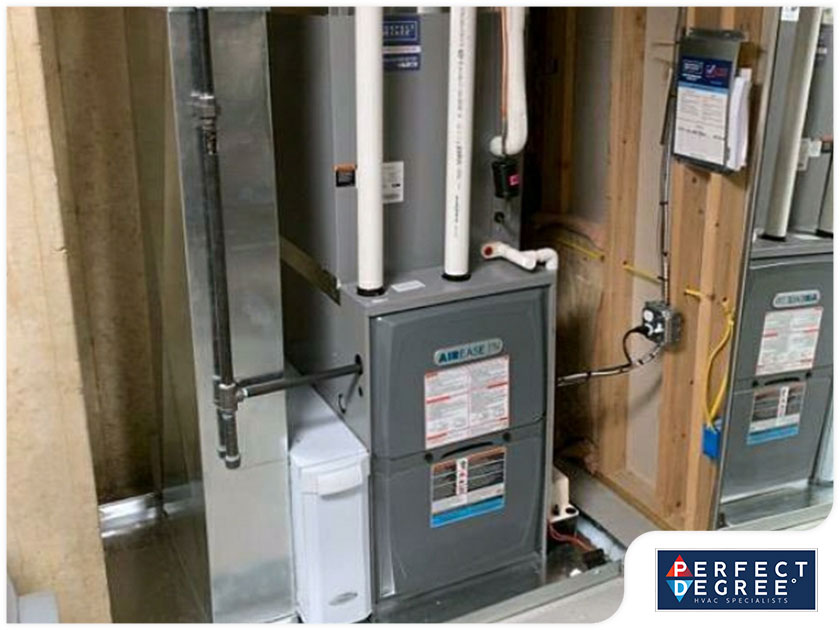The Ultimate Overview to Heating System Setup for a Cozy Home
Furnace installment is a critical element of preserving a comfy home atmosphere, particularly during the colder months. As you take into consideration these aspects, the concern stays: what steps can you take to guarantee your heater offers you well for years to come?
Types of Heating Systems

Gas heating systems are the most common option due to their effectiveness and reduced operational prices. They use gas or propane, giving fast heating and constant efficiency, making them ideal for colder environments.
Electric heating systems, while usually simpler to install and maintain, often tend to have greater functional prices. They are often favored in areas where gas solution is inaccessible or for homes with existing electric framework.
Oil furnaces, though less common today, continue to be a viable alternative in specific regions. They melt home heating oil, which can be beneficial during chillier months, yet their reliance on oil distribution positions possible obstacles.
Furthermore, there are high-efficiency models offered throughout these types, which can significantly reduce power usage and utility bills - furnace installation. Eventually, understanding these furnace types will certainly help home owners pick a system that aligns with their home heating requires, budget plan, and energy preferences
Choosing the Right Size
Picking the ideal dimension for a heating system is crucial to ensuring ideal efficiency and power efficiency. An undersized furnace will certainly have a hard time to keep comfortable temperature levels throughout the cool months, leading to raised damage, higher power costs, and possible system failing. On the other hand, an oversized heating system might cycle on and off also frequently, leading to inefficient heating and uneven temperature circulation within the home.
To establish the correct heater dimension, an estimation called the Guidebook J lots computation should be performed. This procedure assesses different factors, consisting of the square footage of the home, insulation degrees, window dimensions, and regional environment problems. This detailed evaluation makes certain that the furnace satisfies the specific heating needs of the space.

Installment Process Introduction
In terms of products, you will need ductwork, insulation, and sealing tape to ensure optimal airflow and power efficiency - furnace installation. It is likewise important to have a brand-new furnace filter available, in addition heating company to airing vent materials, such as PVC pipe or steel flue, depending on the kind of heater being mounted
Safety tools, consisting of handwear covers, safety glasses, and a face mask, is likewise critical to shield against dirt and debris throughout installment. Having all these devices and products conveniently offered not just streamlines the process however additionally boosts the safety and security and performance of the heater setup.
Upkeep Tips for Long Life
To guarantee the durability of your furnace, it is necessary to implement a normal upkeep timetable that attends to vital components of the system. Beginning by replacing or cleansing the air filter every one to three months, as a clogged up filter can restrict air movement and reduce performance. In addition, examine and cleanse the blower assembly to stop dust accumulation that can prevent efficiency.
Next, check the thermostat setups and rectify if necessary to make sure exact temperature law. Examine the ductwork for leaks or obstructions, as this can bring about energy loss and irregular heating. On a regular basis lubricate the motor and bearings according to the producer's suggestions to reduce deterioration.
Expert assessments must happen annually, where a qualified professional can evaluate the heating system's general problem, check for gas leaks, and ensure that safety features are functioning correctly. Finally, think about mounting a programmable thermostat to optimize Full Report power usage and preserve constant home temperatures. By taking on these maintenance techniques, you can boost your furnace's efficiency, expand its life-span, and eventually delight in a relaxing and comfortable home environment.
Conclusion
